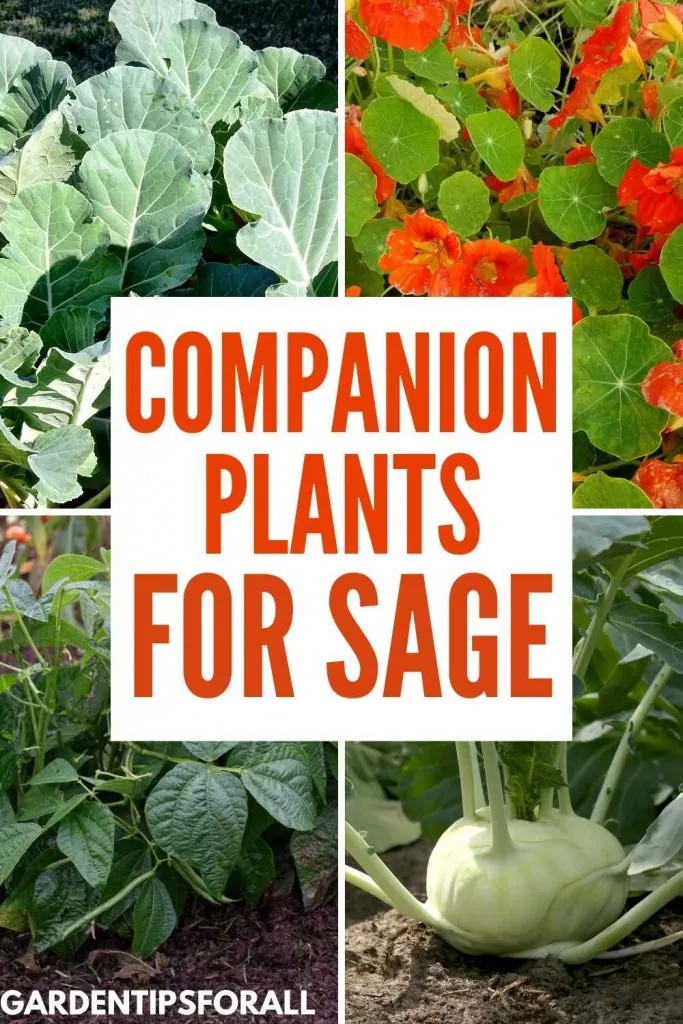13 Best Companion Plants for Sage (What Grows Well with Sage?)
Knowing the best companion plants for sage will make your gardening efforts more successful. So, today, we are taking a look at what to plant with sage and what not to plant with sage.
More and more home gardeners are investing their time and effort into companion planting. Companion planting has many benefits for any size garden.
It attracts favorable insects such as ladybugs, which dine on aphids, while also serving as a determent to pests that can devastate plants in your garden.
Companion gardening also aids the soil by retaining moisture and adding nutrients. This type of gardening can also reduce the chances of disease in some plants.
Sage is known as evergreen shrub that normally has dusty gray/green leaves and woody stems. This herb has a strong herbaceous scent and earthy flavor. It is also known for its colorful flowers.
Sage can be a useful companion plant for most gardens, so you are going to want to know what plants pair well with this herb.

Related Articles:
- What Grows Well with Mint?
- What Grows Wells with Rosemary?
- What Grows Well with Basil?
- What Grows Well with Thyme?
- What Grows Well with Oregano?
What to Plant with Sage – 13 Good Sage Companion Plants
If you are planting sage in your garden and looking for plants to pair your sage with here are a few suggestions.
Carrots
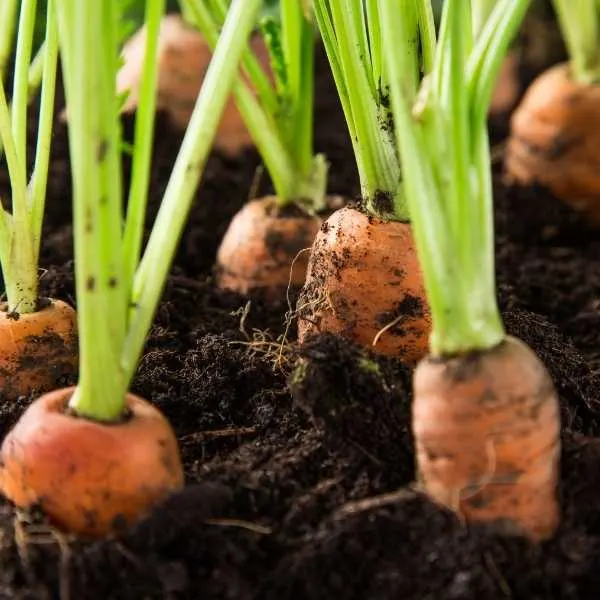
Carrots and sage make good companion plants. Sage can prove beneficial to your carrot crop by working as a pesticide to deter carrot-rust flies. Sage can also enhance the flavor of your carrots.
Tomato
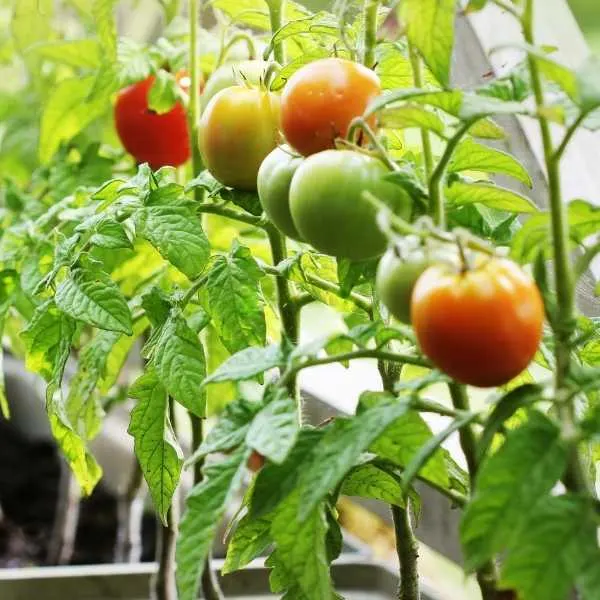
Sage is also a wonderful companion for your tomato plants since this herb attracts beneficial insects to your tomatoes. It also acts as a determent to hornworms and flea beetles, which can devastate your tomato plants.
Strawberries
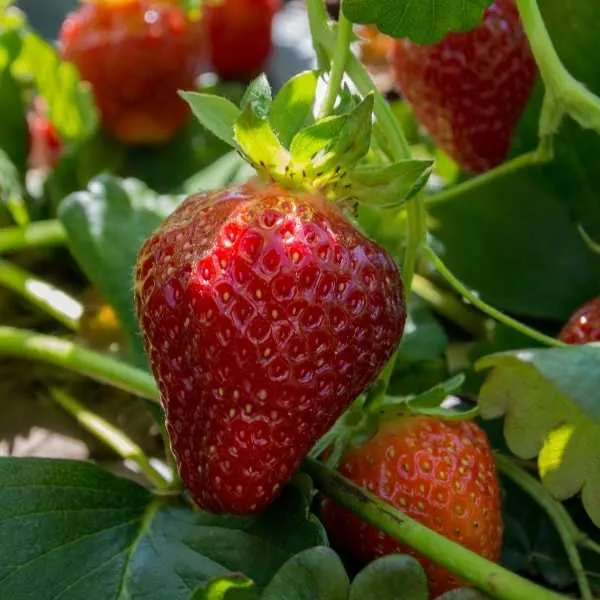
When paired with strawberries, the strong pungent scent of sage will keep slugs and other pests from attacking your strawberry plants, which can increase the yield of your strawberries.
Bush or Pole Beans

Bush or pole beans are fair companions for sage. The beans add nitrogen back to the soil, which encourages better tasting beans and sage. However, you need to remember not to plant your beans and sage too close to one another because that will stunt the growth of both plants.
Thyme
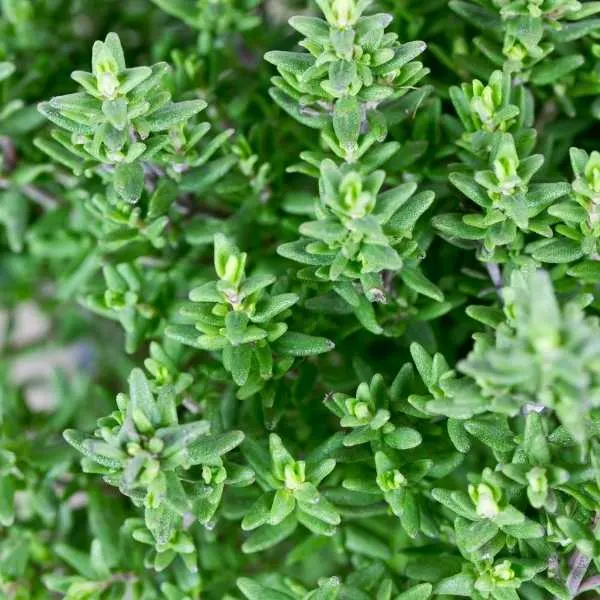
Thyme and sage make great companion plants for one another since they both share the need for the same type of soil and growing requirements.
Collard Greens
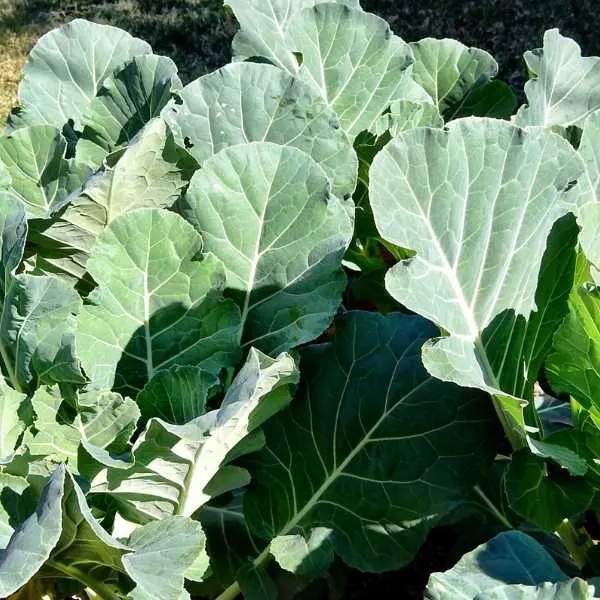
Aromatic sage pairs well with collard greens. Sage protects collard greens from flea beetles, which can destroy your greens ruining your crop.
Members of the Cabbage Family
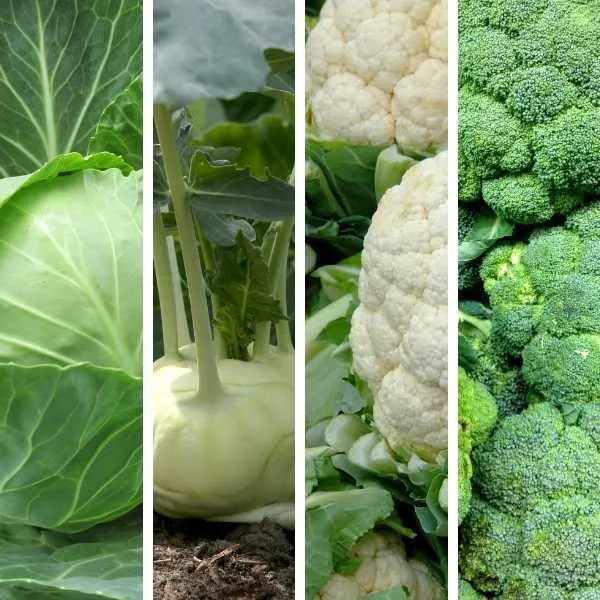
Cabbage, Kohlrabi, cauliflower, broccoli, and all members of the cabbage family can benefit by having sage as companion plant. The pungent smell of sage can keep cabbage maggots and moths, black flea beetles and cabbage loopers at bay.
Rosemary
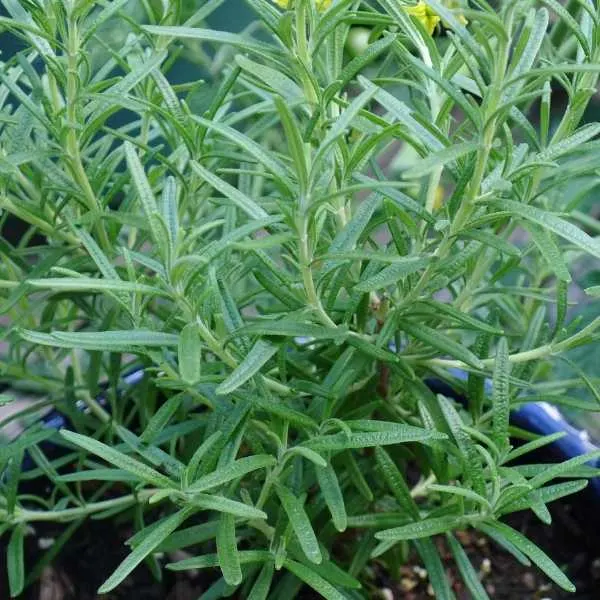
When rosemary is planted as a companion plant to sage the rosemary can improve the health of your sage.
Nasturtiums
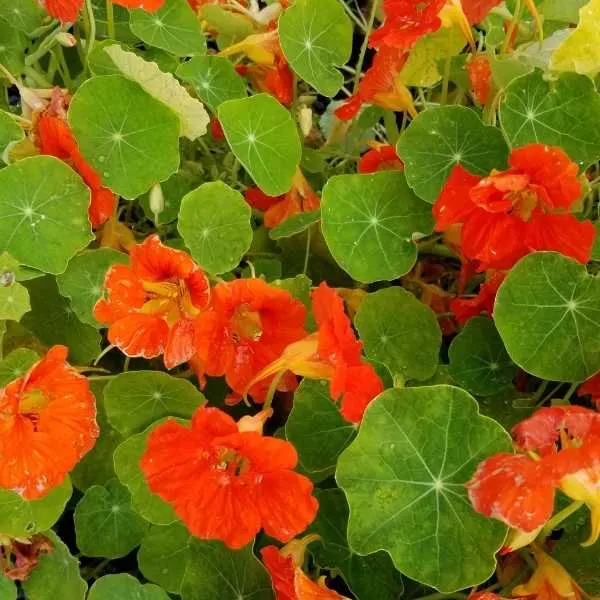
Sage does not just pair well with vegetables it can also make a good companion for flowers. When sage is paired with nasturtiums the flowers actually can keep white flies from attacking your sage plants.
What Not to Plant with Sage – Bad Companion Plants for Sage
While sage makes a good companion for many plants there are some plants that should never be planted with sage.
Fennel – When fennel is planted next to sage it can stunt the growth of the sage, resulting in smaller and less healthy plants.
Common Rue – Common rue is another plant that will inhibit the growth of sage if the two plants are planted next to one another.
Cucumbers – Cucumbers and sage should not be planted together because sage will stunt the growth of the cucumbers.
Types of Sage
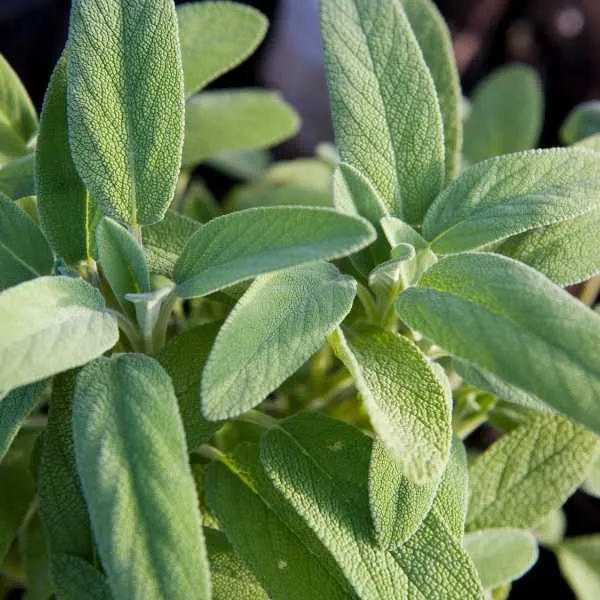
There are over 900 varieties of sage and while some varieties are edible others are ornamental.
Sage can be divided into two categories culinary and ornamental, although there can be a crossover between the two.
Common Sage
Common sage also known as garden sage originates in the Mediterranean and has been specifically cultivated for culinary purposes.
The most popular variety of this herb, garden sage has aromatic fragrance and can be used fresh or dried. It is often used in stuffing, poultry, pork, and sausage.
Pineapple Sage
Another edible variety of sage is Pineapple sage, which is known for its fruity scent and fruity mint flavor. This variation of the herb can grow to be 3 to 4 feet tall.
It has a tendency to clump, and has green hairy feeling leaves, and long flower spikes with red flowers. Both the blossoms and flowers are edible and are used in jams, jellies, and as a garnish for salads and desserts.
Purple Garden Sage
The purple garden sage leaves have textured surfaces. The young leaves are purple in color, but turn pale green as they mature.
The plant grows 18 to 24 inches tall and 2 to 3 feet wide. It has pale blue flowers and what makes this herb great is that it is easy to grow. Purple sage can be used in recipes that call for sage and adds a nice taste to butter and spreads.
Golden Sage
Golden sage has fragrant gray/green leaves with gold variegation. It has a savory taste and strong scent with lilac colored flowers that rise above the foliage. Golden sage works well when combined with other herbs and is great in fish and pork dishes.
Tricolor Garden Sage
The tricolor garden sage has green leaves that have borders edged in splotches of white with the interior of the leaves having splashes of green and purple. The flavor of this sage is the same as common sage.
White Sage
White sage grows to be 3 to 4 feet tall with flower spikes that can grow up to 8 feet or more. Each flower spike bears about 100 white flowers with small lavender streaks. The leaves of this sage are covered with dense hair. This variety of sage is not considered to be edible.
Sonoma Sage
Sonoma sage is also known as a creeping sage that is mat forming. The leaves have tiny white hairs on the surface and the lower part of the leaf covered in dense curved hair. Flowers may be white, blue, lilac or purple.
Hummingbird Sage
Hummingbird sage is a small ground hugging herb that only grows to be 12 to 18 inches tall, but may spread several feet across the ground.
This herb has large textured leaves and beautiful magenta colored flowers. This sage tends to grow on shady slopes.
Final Thoughts on What to Plant with Sage
If you are considering companion planting, then knowing what to plant and what not to plant with sage will make your gardening endeavors more successful.
